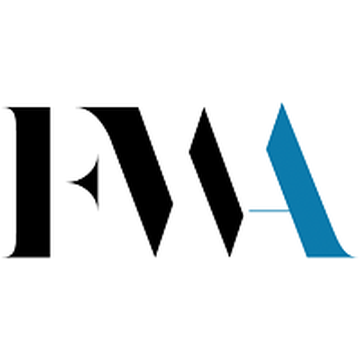
Sophia was not surprised when her devoted housekeeper of 18 years wanted to leave her employment to care for her elderly mother. Given Sophia’s experience managing two residences and a vacation home while raising three children, she did not stress about replacing the housekeeper.
Eight months later, Sophia had spent in excess of $100,000.00 on salaries and agency fees employing three dishonest housekeepers. Additionally, she had the responsibility of paying for two “injured” employees, her severely damaged Lexus, and damages to a motorcyclist struck by an intoxicated housekeeper. The police had been called to Sophia‘s home twice by a hysterical housekeeper screaming to be paid. Sophia’s expensive clothing, shoes, and handbags were missing.
How could a woman who had employed a wonderful housekeeper for so many years exercise such poor judgment when hiring new employees?
Read the Sophia's full story here and check out the fact sheet here to understand how the consequences of household staff turnover can add up quickly.


 A Perfect Pair: Donor-Advised Funds and Private Foundations
A Perfect Pair: Donor-Advised Funds and Private Foundations






